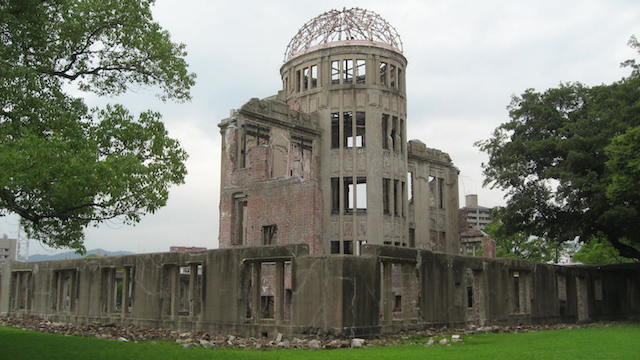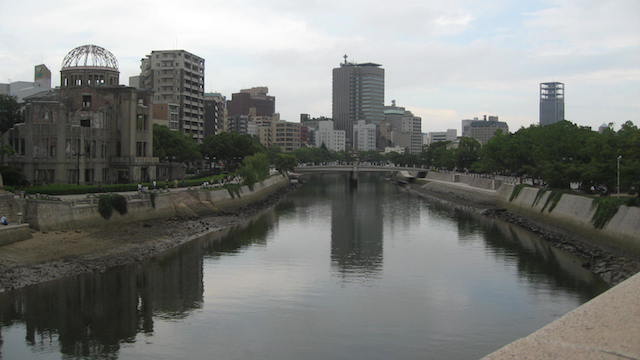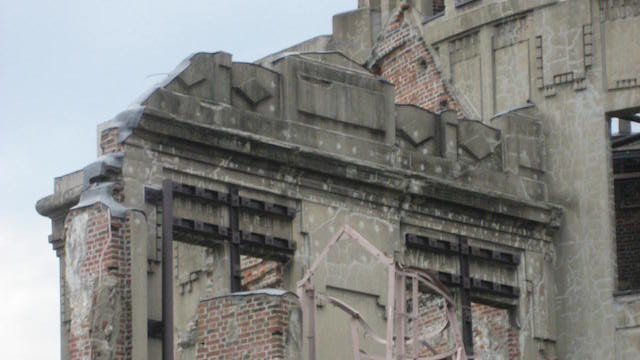My older friends in broadcasting like to tell me of a time when traveling was a natural part — nay, a benefit! — of the job.
Apparently, a time once existed when one could wrangle a trip to a foreign country to do “slice-of-life” stories. I do not totally believe this, but I don’t totally *not* believe it.
These days, traveling for a story — if you work for a local news department — is a much rarer sight. I got an enormous opportunity this past February when I went to Sochi to cover the 2014 Winter Olympics, but I can count on one hand, in my five years in Atlanta, how many times anyone at my station flew internationally for the job.
I love to travel, especially to foreign countries. And when I do, I try as hard as possible to separate myself from work. I set my Outlook away message; I rarely use my phone because of the lack of wi-fi abroad; and I take comfort in the fact that I can do very little for our nightly newscast while I am out of the country.
But those trips, ultimately, always affect my work. They open my eyes to other cultures, enhance my perspective as a whole, and even give me added photography practice.
Last month, for the first time, one of my trips directly paid dividends on the air.
This month makes five years since my sister and I went on a two-week vacation to Japan. It marked the second time in my adult life that I had left the States.
And it absolutely captivated me.
I spent those weeks immersing myself in one of the most pristine, fascinating cultures on the planet. Japan is filled with natural beauty and ancient history, and I enjoyed every sight.
Except one.
Hiroshima.
In 1945, it was the site of the first dropped atomic bomb. These days the once-decimated city has moved forward, but it remains a sobering reminder of the cost of war, particularly the Genbaku Dome — the lone building from that era still standing.
My sister and I spent several hours in Hiroshima. I was not much of a history buff, but I could not help but feel the magnitude of what had occurred there more than six decades earlier. It was not enjoyable, necessarily, but it was extremely powerful.
It came back to my mind with the passing of Dutch van Kirk.
He was the final survivor from the Enola Gay, the plane that dropped the bomb on Hiroshima. He spent his final years in Stone Mountain, Ga., 20 minutes from Atlanta, and when he passed, my boss assigned me the story of his procession to the airport.
I started looking at file video of van Kirk and our previous stories about him. Those stories contained footage from the 40s, and that footage contained shots of the Genbaku Dome.
I instantly remembered my feelings from five years earlier.
I asked my producer if I could tell the story from a more personal angle, to use my experience to better inform and connect with our viewers. He said yes, and I rushed home to find my old photos.
I produced a story that day that was different from most pieces I had done. I knew I could rarely bring myself into my stories as much as I did with this one, but I felt like this particular piece merited such personal reflection.
It also served as yet another reminder of the value of creative, sensitive storytelling. Instead of a straightforward, boilerplate, forgettable piece, I found a way to make the story memorable, in a way that both memorialized van Kirk and better related to our audience. You can watch the story at the top of the page.
I think even my older friends in the business would be satisfied.
Matt Pearl is the author of the Telling the Story blog and podcast. Leave a comment below or e-mail Matt at matt@tellingthestoryblog.com.


